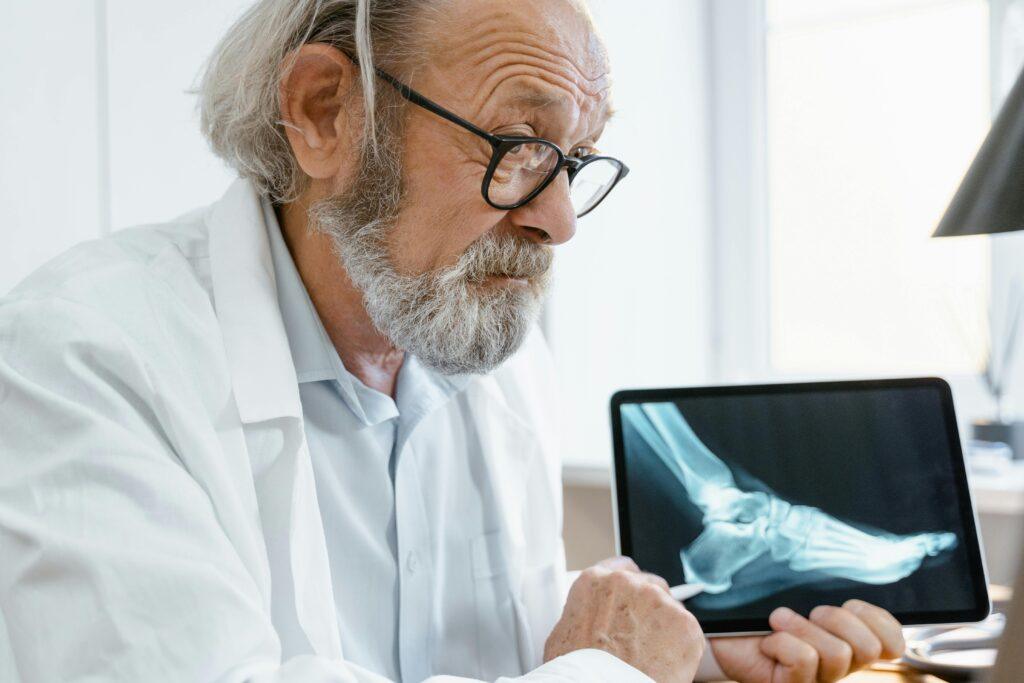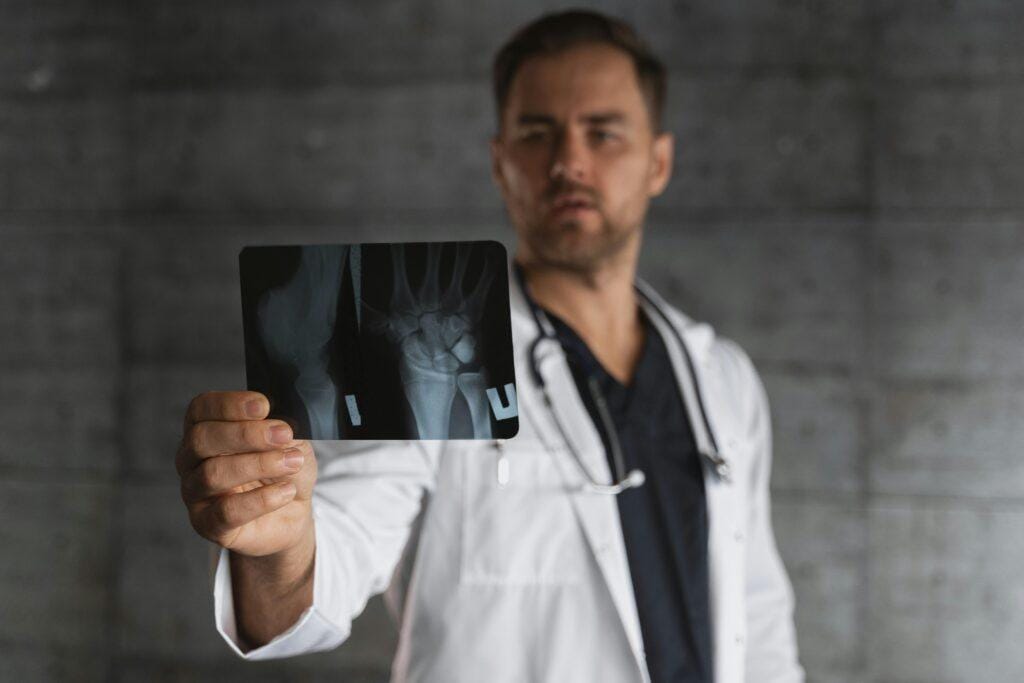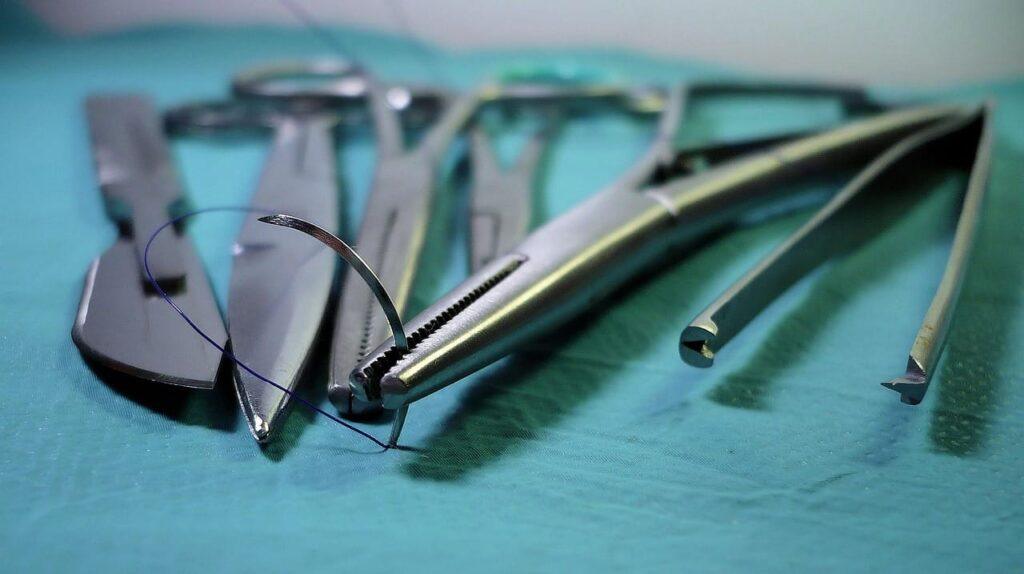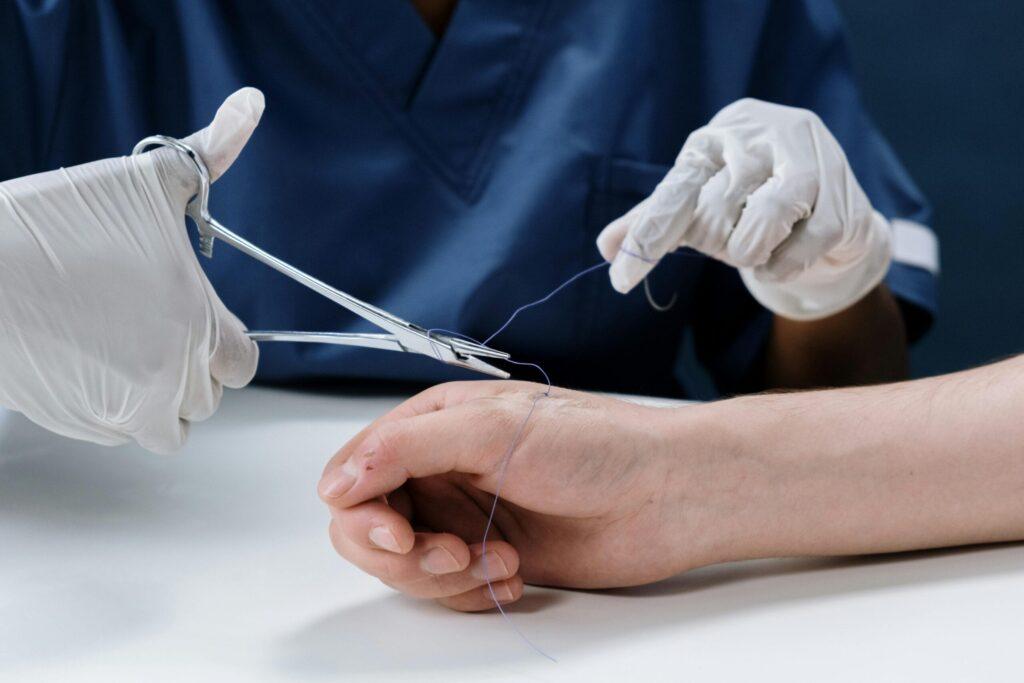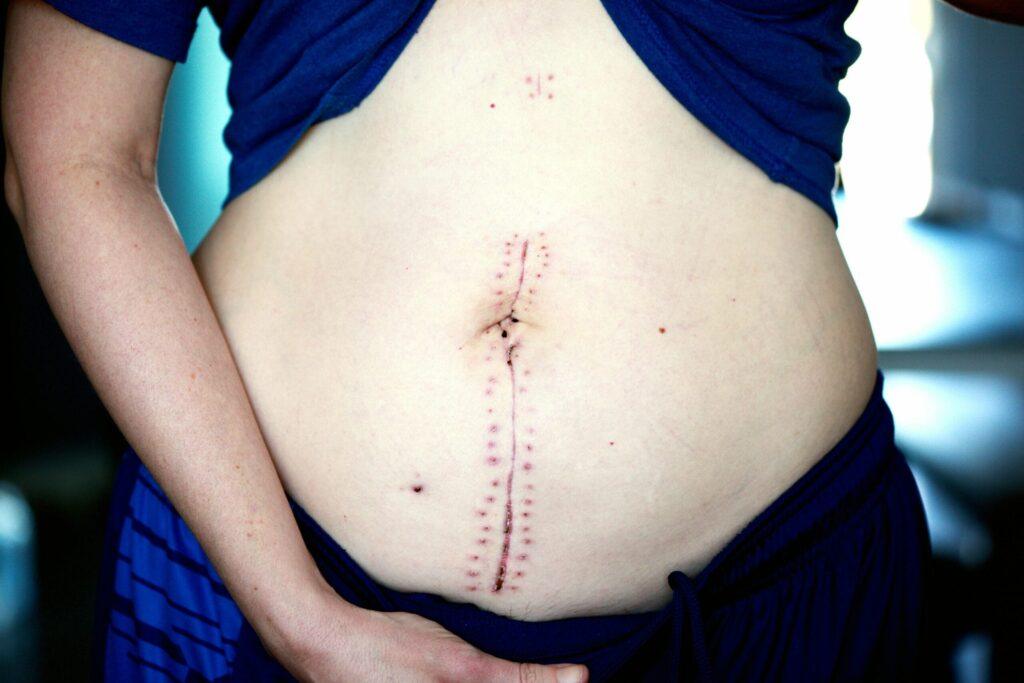
Fracture Assessment: A Complete Guide For Trainees
Introduction to Fracture Assessment Proper fracture assessment is critical for accurate diagnosis and treatment. This guide covers the essential steps—from taking a detailed patient history to performing a thorough physical examination—to help medical professionals identify fractures, assess severity, and determine appropriate management strategies. Step 1: History of Injury Understanding the mechanism of injury is crucial for predicting fracture patterns and associated complications. Key […]
Fracture Assessment: A Complete Guide For Trainees Read Post »

